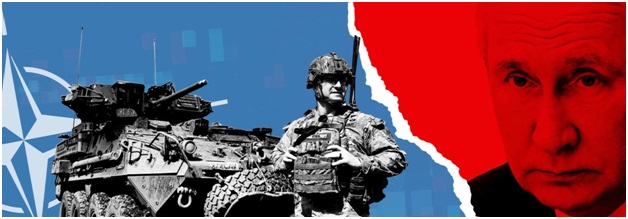Treaty of Conventional Armed Forces in Europe (CFE) (Indian Express)

- 08 Nov 2023
Why in the News?
NATO on Tuesday announced the formal suspension of a key Cold War-era security treaty in response to Russia’s pullout from the deal.
About Treaty of Conventional Armed Forces in Europe (CFE):
- During the final years of the Cold War, negotiators signed the CFE, a treaty that placed restrictions on the deployment of military equipment to maintain a military balance between the North Atlantic Treaty Organization (NATO) and the then-Warsaw Pact countries.
- The treaty's purpose was to prevent the rapid build-up of forces that could be used in a swift assault.
- On November 19, 1990, twenty-two member states from both NATO and the Warsaw Pact came together in Paris to sign the agreement, a year after the fall of the Berlin Wall.
- The CFE finally entered into force on November 9, 1992, following the disintegration of the Warsaw Pact.
- The Treaty set specific limits on the number of battle tanks, armored combat vehicles, artillery pieces, combat aircraft, and attack helicopters that NATO and Warsaw Pact states could have on their respective territories.
- To meet these limits, CFE state parties destroyed over 50,000 weapons systems over subsequent years.
- These actions were monitored through a compliance mechanism that involved information sharing and reciprocal inspections.
- Furthermore, the treaty's scope was expanded to cover troop numbers in a 1992 follow-up agreement known as the CFE-1A.
- This arrangement arranged limits on military personnel levels.
- In 1999, during the Istanbul summit of the Organization for Security and Co-operation in Europe (OSCE), CFE Treaty partners reached an agreement on an updated and modified arrangement known as the Adapted CFE Treaty.
- One significant change was that limitations on conventional weapon systems were no longer linked to two military blocs but to the territorial borders of individual states.
- However, Russia suspended its participation in the treaty in 2007 and ceased active participation in 2015.
